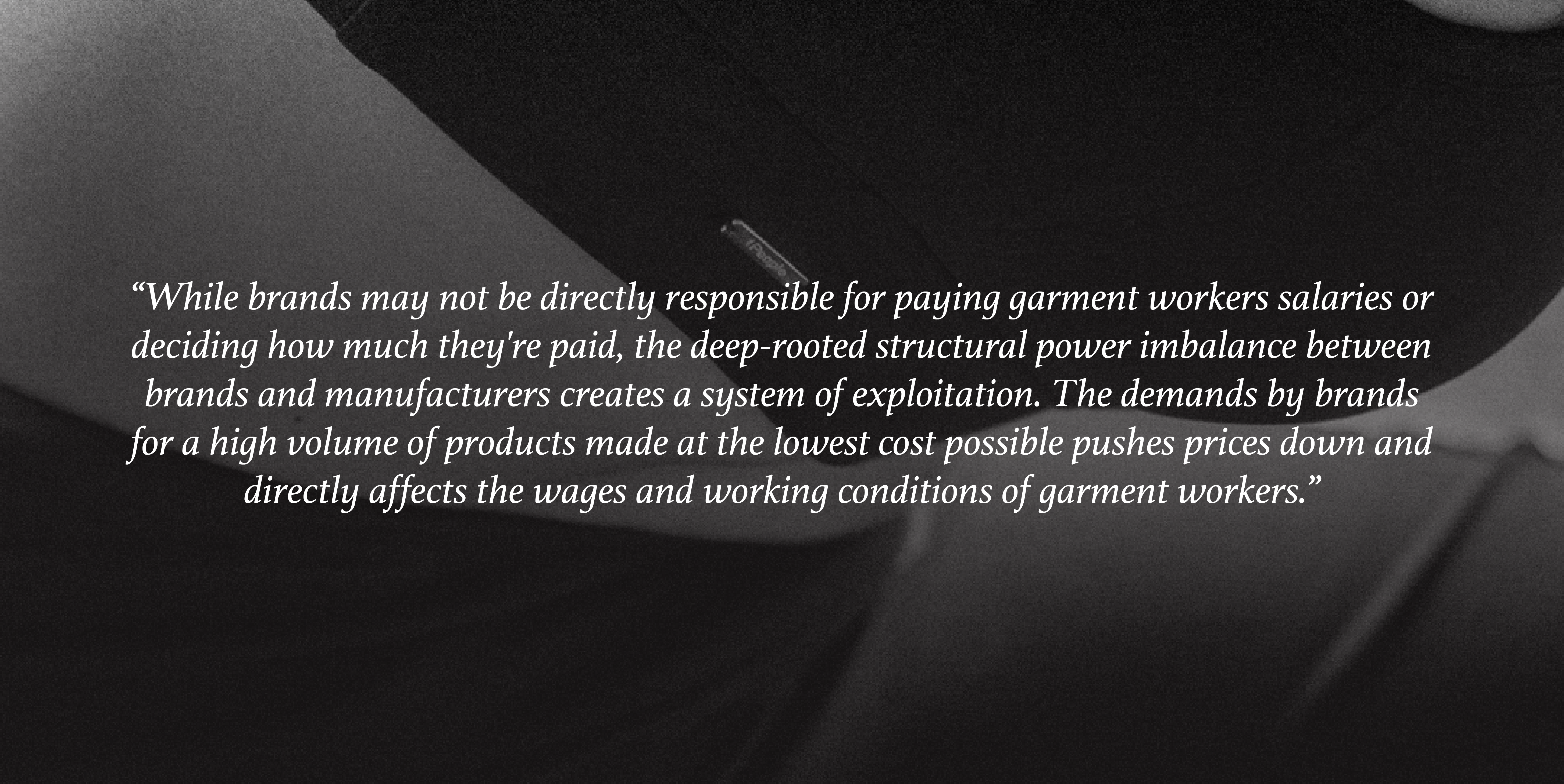The Challenges of Sustainable Fashion: More Than Just A Supply Chain Problem

Sustainable fashion came into greater prominence when 2019’s fashion month in the fall started mentioning it over and over again. The awareness for sustainable fashion became stark when the 2015 fashion documentary The True Cost first aired. The inhumane incident of Rana Plaza demonstrated just how cruel fast fashion is behind all the style and glamour. This is when slow fashion gained traction and inspired a reform against the fashion industry’s old ways.
In today’s contemporary society, we are getting more and more accustomed to hearing terms like ‘slow fashion’, ‘sustainable fashion’, ‘fair fashion’ and ‘conscious fashion’. Sustainable fashion is no longer a niche for the upper class elites, but it’s becoming more accessible to younger consumers as well. Sustainable fashion is already becoming part of the mainstream conversation, and it has definitely directed the industry at large. And yet, it exists without its fair share of challenges.
Here are just some of the challenges of sustainable fashion.
There is no common standard for sustainability
The very concept of sustainable fashion is still very loosely defined. The industry still lacks an exemplary model of the sustainable supply chain in production. Transparency is key to unwrapping the very process undergone throughout production, but even then there is no clear, systematic procedure that the industry demands of brands. Transparency requires that internal processes be evaluated and communicated to external stakeholders as well, which is why the term ‘radical transparency’ is trending in the sustainable fashion realm where honest marketing is concerned.
Unfortunately, brands often conduct greenwashing and in the act deceives consumers into thinking that the products they sell are eco-friendly and sustainable when, in reality, they are not. This is done when brands say one thing in their communication, but act a different way in contrast to their own statements. In this way, brands are hopping on sustainable fashion as a trend instead of genuinely doing business for the good of the people and the planet. As consumers, it’s often hard to know whether a brand is greenwashing or not, which is why honest marketing is starting to become the standard for the industry.

There exists a paradox in which sustainable fashion brands want to contribute to a better way of doing business for the industry but don’t want to give up their fast fashion business model.
Recycling clothing is hard
Recycling clothes is not as simple as putting a label on it. It’s a time- and labour-intensive process to recycle a piece of clothing—this is given that the fabric and material has been easily identified. It will be a costlier process if there is no content label on the clothing to identify its material composition, which will most likely be the case once a garment has reached its end-of-life product life cycle.
Once the fabric material has been sorted, the dyes would need to be removed for the yarns to be reused. This also applies to the garment’s zips and buttons if they are all present. Although we live in a tech-advanced era, there is still yet to be innovations to make this labour-intensive process a more automated one. Even then, funding the development of scalable tech innovations for recycling garments is also very expensive.
What’s more, the way the industry has been producing garments is also not equipped for complete recyclability. Previous garments have not integrated the concept of circularity, or have not been designed consciously for it to have an extended lifecycle. And so, because the root of it all did not consider the potential for recyclability, this will provide extra challenges for recycling facilities that hope to turn the situation around in a practical way.
Durability vs recyclability
There is another paradox as cleverly explained by The Sustainable Fashion Forum. That is, durability and recyclability, and which is more sustainable. The Sustainable Fashion Forum states, “[…] durability and recyclability are often conflicting goals. When you design for recyclability, you often give up durability, and when you design for durability, recyclability is often sacrificed.”
When a garment is durable, the logic behind it is that its quality will exist for years since they are “designed to last”. In order for this to happen, synthetic fabrics offer this long-standing quality and will increase durability. And yet, the synthetics in the fabric and its virgin raw material quality make it near impossible for the garment to be 100% recycled. Similarly, when a garment is undergoing the process of recycling, it is often mixed with virgin raw materials to reinforce its quality and strength. It’s more often the case that a recycled garment is more susceptible to a downgrade in value and quality compared to its freshly made counterpart composed of virgin raw materials.
Globalised production, but localised responsibility
Ever since the world was introduced to globalisation, outsourcing production to developing countries with cheaper and more abundant labour force was found. According to an article on The Sowell, when consumerism first peaked in America right after World War II, American clothes were still being manufactured domestically; that was until the beginning of the 21st century when outsourcing clothing manufacturing overseas was easier and cheaper. Hence, the rise of fast fashion powered as one of the early examples.
The Sustainable Fashion Forum puts it in a very explanatory way by stating the following:
The business concept economies of scale spring to mind when talking about high demand and cheaper costs, but when we’re dealing with the costs of labour we’re entering a heated humanitarian topic that should not be disregarded. Essentially, this power imbalance must be addressed by taking brands accountable in providing the necessary means for workers to be treated and paid fairly considering the amount of outputs they produce.
The responsibilities of sustainable fashion brands, therefore, extends beyond material sourcing and product lifecycle, but also to a humanitarian one where fair wage and fair labour treatments are concerned.
Much Love,
1 People












